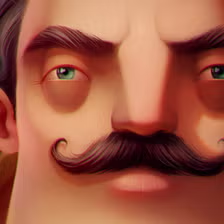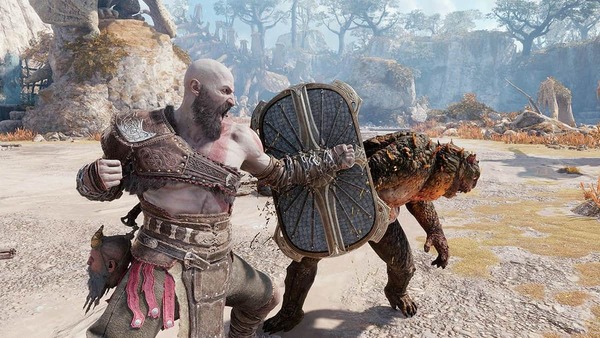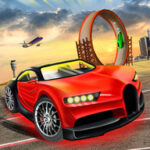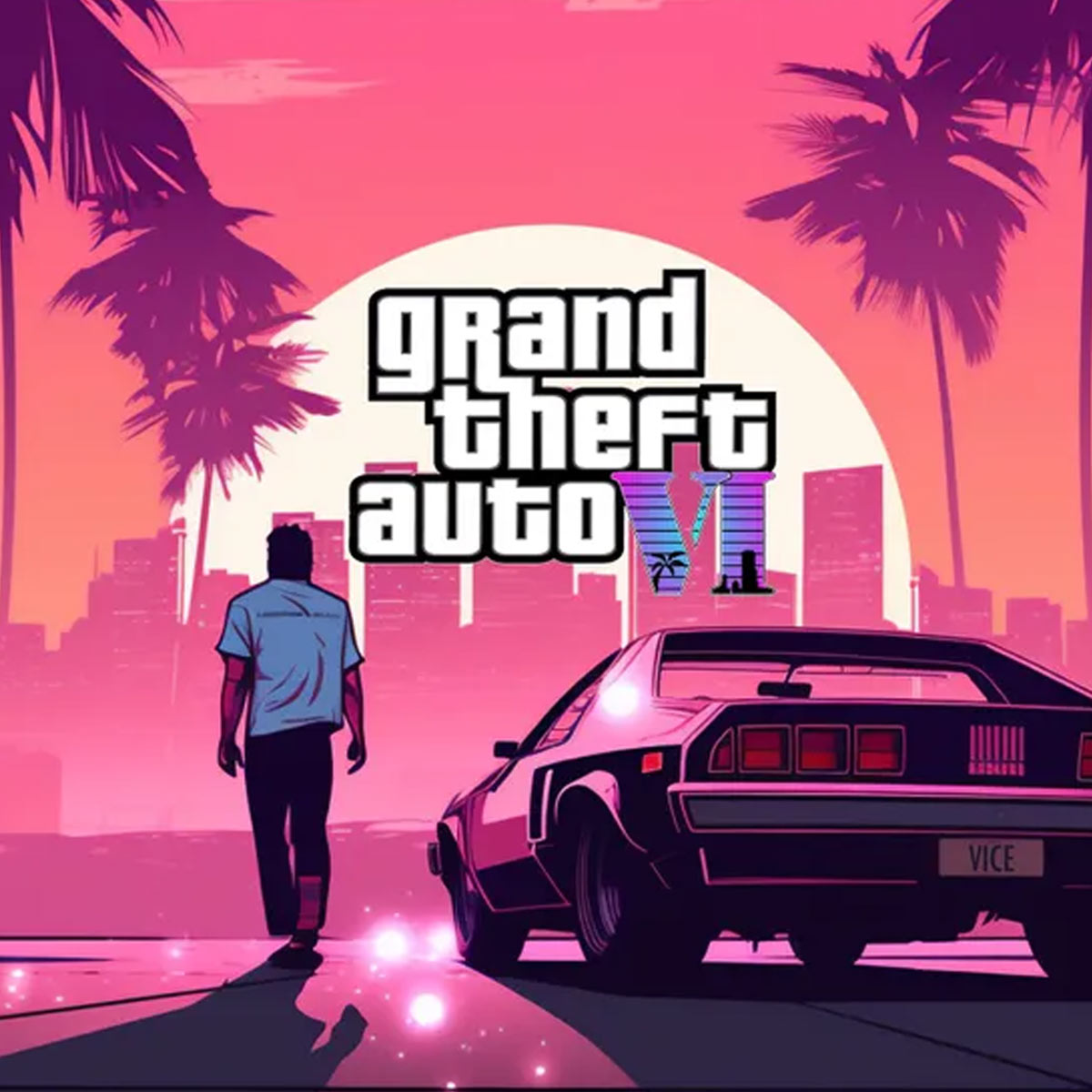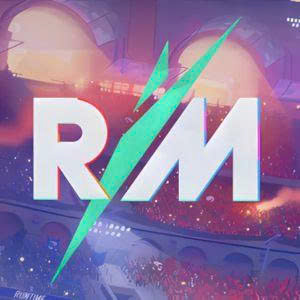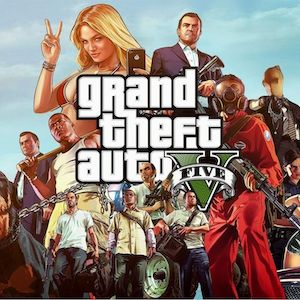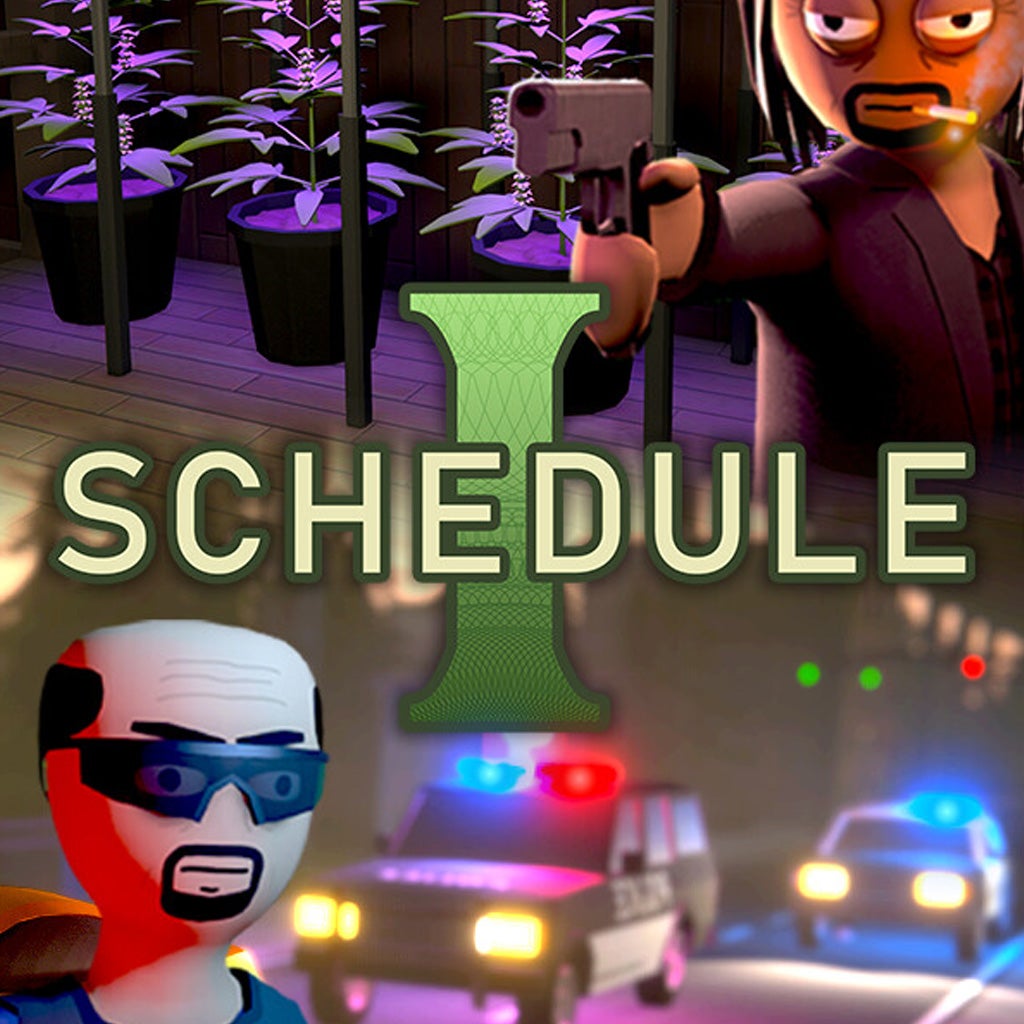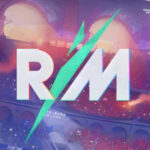League of Legends, commonly known as LoL, is a free-to-play multiplayer online battle arena (MOBA) game developed and published by Riot Games. Released in October 2009, it quickly grew into one of the most influential titles in gaming history, establishing the MOBA genre as a mainstream esports phenomenon.
In League of Legends, two teams of five players each compete to destroy the enemy’s Nexus, the core structure in their base. Each player chooses from a roster of over 160 champions, each with unique abilities, roles, and playstyles. The game is known for its fast-paced, strategic gameplay, deep mechanics, and team-based coordination.
League of Legends has evolved far beyond a video game. It’s now a global competitive sport, a cultural phenomenon, and the foundation for an expansive fictional universe filled with lore, music, and animation.
The Origins of League of Legends
League of Legends was inspired by the popular Warcraft III mod Defense of the Ancients (DotA). The developers—former DotA players and enthusiasts—wanted to create a standalone game that expanded on the mod's core ideas while making them more accessible to a broader audience.
Riot Games, a then-small startup based in Los Angeles, launched the game in 2009 with modest expectations. The original game featured simple graphics, a limited roster of champions, and only one map: Summoner’s Rift. But what it lacked in polish, it made up for with innovation, strategic depth, and addictive gameplay.
Thanks to regular updates, a free-to-play model, and strong community engagement, League of Legends rapidly gained popularity, first in North America and Europe, then across Asia and the rest of the world.
Early Growth and Competitive Scene
By 2010 and 2011, League of Legends was becoming a staple in online gaming circles. Riot Games continued to support the game with new champions, balance updates, and gameplay improvements. Importantly, they began experimenting with structured competitive events.
In 2011, Riot held the first official League of Legends World Championship at DreamHack Summer in Sweden. The prize pool was $100,000—a significant sum for the time. The tournament revealed the game’s potential as a competitive esport and marked the beginning of what would become the LoL Esports ecosystem.
The following year, Riot launched the League Championship Series (LCS), a professional league with full-time players, regular seasons, and official broadcasts. The success of the LCS in North America and the European LCS (later the LEC) paved the way for professional leagues in Korea, China, Southeast Asia, Brazil, and beyond.
Gameplay Overview: How League of Legends Works
At its core, League of Legends is a 5v5 team-based strategy game. Each match is played on Summoner’s Rift, a three-lane map with jungle areas, towers, inhibitors, and the Nexus.
H3: Champion Roles
Players choose from five main roles:
-
Top Lane: Usually tanky or bruiser champions who dominate 1v1 fights
-
Jungle: Roams the map killing neutral monsters and supporting all lanes
-
Mid Lane: Mages or assassins who deal high damage and control the map
-
Bot Lane: ADC (Attack Damage Carry) and Support, working together in lane
-
Support: Helps the ADC survive and controls vision using wards
H4: Objectives and Strategy
Winning a game involves more than just kills. Teams must take objectives:
-
Towers: Protect each lane and must be destroyed to reach the enemy base
-
Dragons: Provide team-wide buffs, including Infernal and Elder Dragons
-
Baron Nashor: A powerful buff that helps teams siege and end the game
-
Rift Herald: Used to break early towers in the mid-game
Strategic coordination, map control, vision, timing, and execution are crucial. The game constantly evolves as patches tweak champion abilities, item effects, and objective priorities.
Evolution of the Champion Pool
League of Legends launched with just 40 champions. Now, the game features over 160, each with a unique identity, backstory, and gameplay mechanics. Champions range from traditional warriors and sorcerers to cosmic beings, demons, monsters, and even living musical instruments.
Riot releases new champions regularly and reworks older ones to keep the game fresh and balanced. Champion design has become more sophisticated over the years, incorporating mobility, skill expression, and creative interactions that require players to continually adapt.
Some champions become meta staples, while others fade into obscurity, but the wide selection ensures that players can always find a champion that suits their style.
Global Esports Domination
League of Legends is one of the biggest esports titles in the world, with a global infrastructure unmatched by most games. Riot’s organized league system spans multiple regions:
-
LCS (North America)
-
LEC (Europe)
-
LCK (Korea)
-
LPL (China)
-
PCS, CBLOL, VCS, and others
Each region has its own seasonal league, playoffs, and regional championships. The top teams from these leagues qualify for the annual World Championship, where they compete for international glory.
H3: The World Championship
The League of Legends World Championship, held every fall, is the pinnacle of competitive LoL. Featuring elaborate opening ceremonies, massive prize pools, and millions of live viewers, Worlds is a major international event.
Teams like T1 (formerly SKT), G2 Esports, DAMWON, EDward Gaming, and DRX have all made their mark at Worlds. Legendary players like Faker have become household names in esports, representing the best of what LoL competition can offer.
The Lore and Universe of Runeterra
Beyond gameplay, Riot has invested heavily in the storytelling of League of Legends. The game’s universe, Runeterra, is a rich fantasy world filled with continents, cultures, conflicts, and magical forces.
Each champion belongs to a faction or region—Demacia, Noxus, Ionia, Piltover & Zaun, Shurima, Freljord, and others. Riot’s official website features character bios, story arcs, cinematic trailers, short stories, and comics that deepen the lore.
In 2021, Riot released Arcane, an animated series set in the League of Legends universe. The show was a critical and commercial success, drawing millions of viewers and introducing new fans to the world of Runeterra. Arcane helped bridge the gap between hardcore players and casual audiences, proving that LoL’s storytelling potential extends far beyond the game.
In-Game Economy and Monetization
League of Legends is free-to-play, and its business model revolves around optional purchases. Players can spend real money on:
-
Skins: Cosmetic upgrades for champions, often with new animations and effects
-
Emotes, icons, and chromas
-
Event passes and loot boxes
-
Battle Pass-style seasonal rewards
Importantly, no gameplay advantage can be purchased. All champions can be earned through in-game currency, ensuring a level playing field. Riot’s approach has been praised for fairness, though there is ongoing debate about the value of cosmetics and RNG-based loot systems.
Community, Streaming, and Content Creation
League of Legends boasts one of the largest gaming communities in the world. From forums and fan art to tournaments and cosplay, the community has played a massive role in shaping the game's identity.
Streaming platforms like Twitch and YouTube have also helped sustain interest. Top creators like Tyler1, Faker, Doublelift, and IWDominate have built massive audiences, offering entertainment, insight, and drama.
League is also home to countless educational resources. Websites, wikis, guides, and coaching services exist to help players improve, analyze replays, and master specific champions or roles.
Despite occasional community toxicity—something Riot has worked to address—the passion and loyalty of LoL players have kept the game alive and thriving.
Constant Updates and Live Service Model
One of the reasons League of Legends has remained relevant for over a decade is Riot’s commitment to consistent updates. Every two weeks, the game receives a patch that includes:
-
Champion balance changes
-
Item adjustments
-
Bug fixes and visual improvements
-
Meta shifts to prevent stagnation
Major annual events like the Mid-Season Invitational, Worlds, and in-game thematic events (e.g., Spirit Blossom, Star Guardian) add further excitement. Riot often uses these events to unveil new champions, skins, and cinematics that capture players’ imaginations.
The client also features rotating game modes like ARAM (All Random All Mid), URF (Ultra Rapid Fire), and temporary modes that offer a change of pace from ranked gameplay.
Future of League of Legends
More than 15 years since its inception, League of Legends continues to grow. Riot has expanded the universe with spinoffs like:
-
Legends of Runeterra (card game)
-
Teamfight Tactics (auto-battler)
-
Ruin King (turn-based RPG)
-
Arena mode (team brawler)
-
Arcane Season 2 (upcoming)
Additionally, Riot is working on a League of Legends MMO and several other cross-media projects.
League’s future looks bright as Riot continues to innovate and listen to its community. The game has already left an indelible mark on esports, game development, and global culture.
Conclusion
League of Legends is more than just a MOBA—it’s a cultural force, an esports empire, and a constantly evolving online world. From its humble beginnings inspired by a Warcraft III mod to becoming one of the most-played games on Earth, its journey is unmatched in the gaming world.
Through a combination of strategic gameplay, diverse characters, and global competitive infrastructure, League of Legends has become a home for millions of players. Whether you're a casual gamer, a ranked grinder, a lore enthusiast, or a professional competitor, LoL has something to offer.
It’s a game that demands skill, rewards mastery, and continues to redefine what it means to be part of a living, breathing gaming universe.







